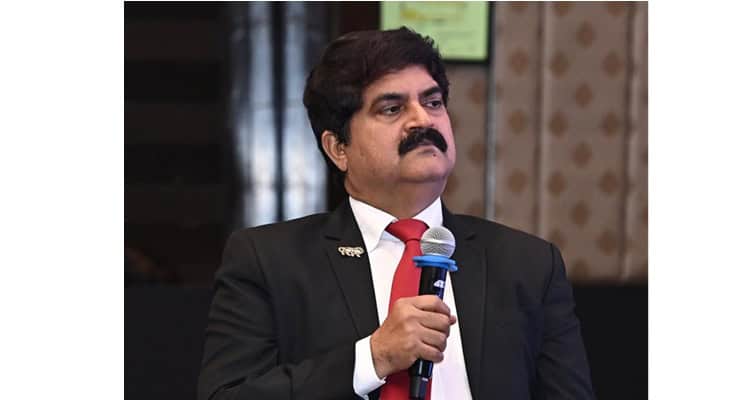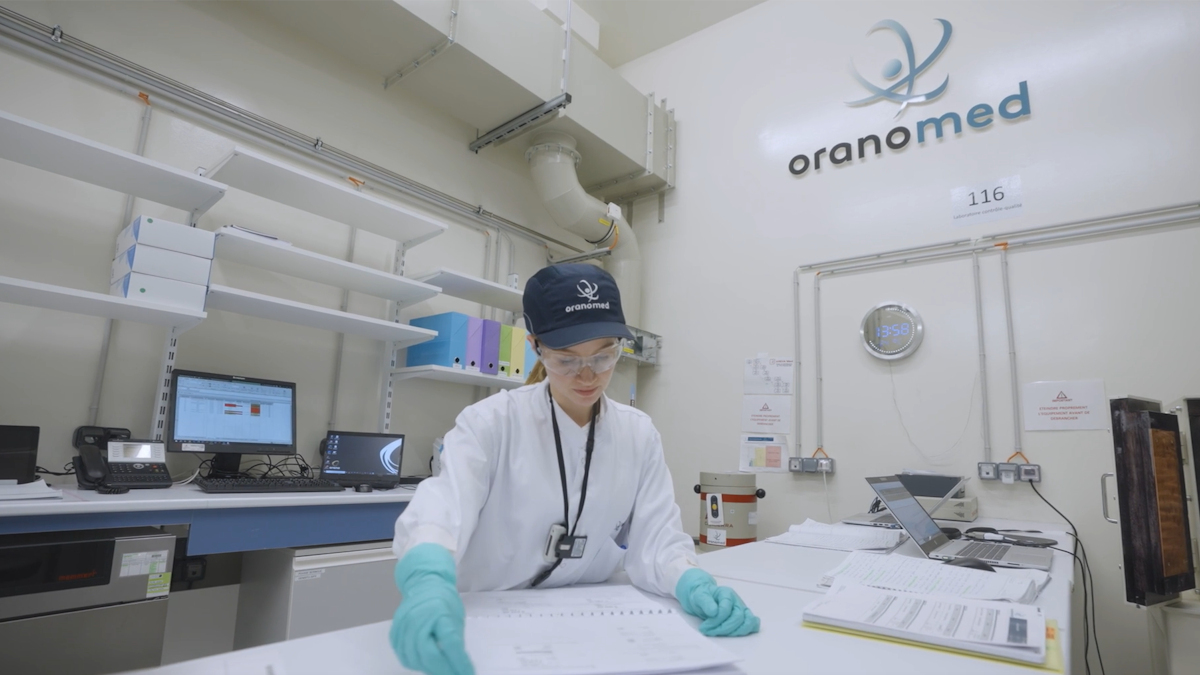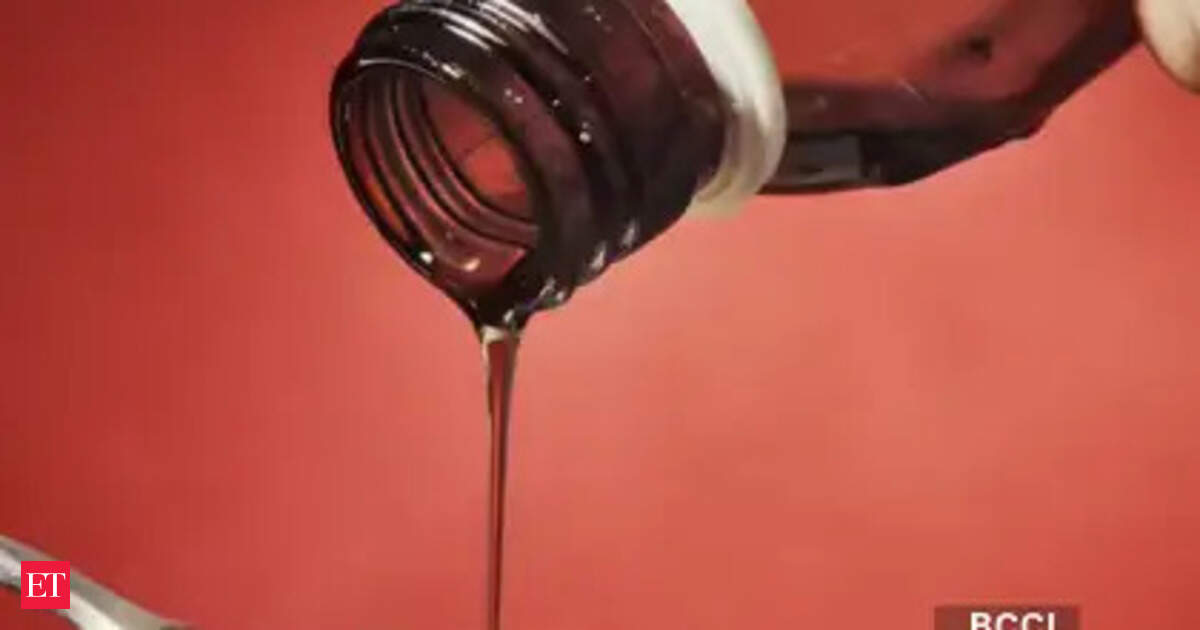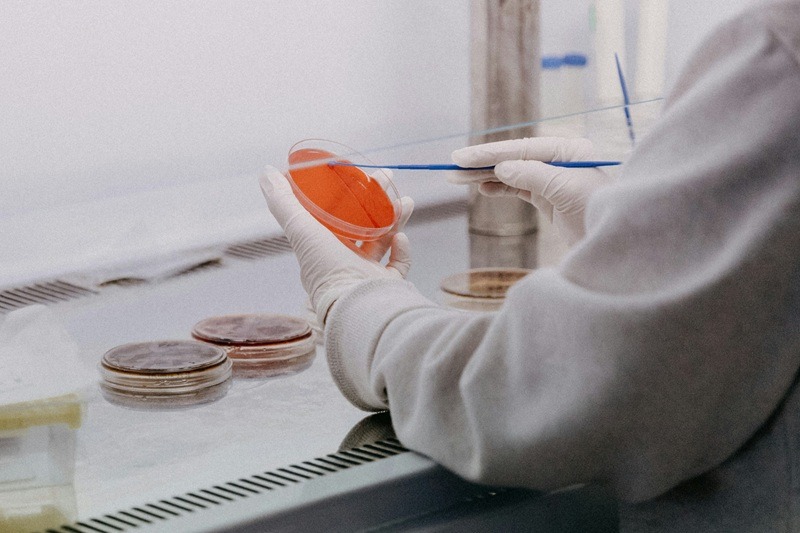In a big move that has shaken up global supply chains, US President Donald Trump announced on September 25, 2025, a 100 per cent tariff on imports of branded or patented pharmaceutical products. This starts on October 1, 2025. The policy is based on national security reasons under Section 232 of the Trade Expansion Act. It targets new drugs and patented innovations, but companies can avoid it if they show they are building or have started construction on a manufacturing plant in the US. This is part of a wider set of tariffs, like 25 per cent on heavy-duty trucks and 30 per cent on furniture, showing a strong ‘America First’ approach to trade.
For India’s pharmaceutical industry—which exports over $30 billion each year in FY25, with about $10.5 billion going to the US—the effects are important but not straightforward. Generics make up most of India’s exports to the US (over 80 per cent), and they seem safe from the tariff. But it hits harder on India’s growing premium products: branded generics, complex injectables, biosimilars, and specialty drugs. Using insights from recent data, this article looks at the risks, measures them, and suggests practical steps for Indian companies to turn this challenge into a chance for better strategies.
The changing scene: From generics leader to premium player
India’s pharma story has grown from focusing on low-cost generics to creating higher-value products. In FY25, exports rose 9.4 per cent to $30.47 billion, beating global trends, thanks to complex generics, biosimilars, and branded specialties. The U.S. takes about one-third of these exports, especially in finished drugs.
One example is how some companies have boosted US sales through specialty brands for conditions like skin problems. These are not basic generics; they are advanced products like injectables and therapies for cancer or diabetes that meet US needs and get good prices.
But the 100 per cent tariff could lead to price increases in the US, adding to inflation and possible shortages in a market where Indian generics already save buyers $219 billion a year. If the definition of “branded” expands to include rebranded generics or complex products along with ongoing checks by U.S. regulators, the issues could grow. After the announcement, pharma stocks fell: some dropped two to six per cent, showing that many have 30-50 per cent of their revenue from the US.
Biosimilars, which could be a $12 billion market by 2025 according to forecasts, are in a tricky spot: they are like branded biologics, not plain generics, so they might face the tariff unless exempted. For companies aiming at the $500 billion US market with premium items, this means a need to rethink their plans.
Moving forward: A clear strategy for strength
To reduce reliance on the US (now 33 per cent of exports), companies need smart actions. The tariff’s short-term impact might be small—generics are protected, and some firms already have US operations—but longer-term pressures call for changes. Here is a simple plan that mixes spreading out exports, building in the US, and innovating:
1. Spread exports: Target growing, safe markets
Aim to cut US dependence to under 25 per cent in the next two to three years by using extra capacity in less regulated and new areas. FY25 data shows room for 15-20 per cent more exports:
• UK and Europe: The UK imported $784 million; focus on Netherlands ($616 million) and France for growth in generics and biosimilars after trade deals, using the Netherlands as a way into the EU.
• Brazil and Latin America: At $778 million, this area could grow 10-15 per cent yearly through partnerships in cancer and infection drugs, reaching $2-3 billion by 2027.
• Russia: Starting at $577 million, there is 25 per cent potential growth due to needs for heart and brain generics amid global issues.
• Africa: Led by South Africa ($719 million), the whole region has $2 billion potential for HIV and malaria drugs through agreements, with 20 per cent growth possible.
• Southeast Asia and China: Turn around the $99 billion import gap by selling finished vaccines and drugs, with over $1 billion in opportunities.
Use tech like blockchain to track supplies and enter stricter markets faster, which could boost FY26 exports by six to eight per cent.
2. Build in the US: Use exemptions as an advantage
To skip the tariff, start building plants soon: Look for a wave of $1-2 billion in investments for branded sites. Buying U.S. companies or partnering with local generics firms can speed things up and limit price issues to 3-4 months.
3. Self-reliance in raw materials and strong home market
Through government incentives—worth ₹15,000 crore up to FY28—boost local production of key materials and active ingredients to reduce 70 per cent reliance on China. With ₹4,570 crore already spent, aim for $5 billion in home-grown materials by 2027. Rely on India’s local market (41 per cent of sales), which grows 8-10 per cent yearly through branded generics.
4. Use diplomacy and speed up R&D
Build on India-US ties for special deals in the $500 billion trade relationship, including joint research. Biosimilars and contract manufacturing stay promising, with little 0.6 per cent impact on GDP according to ratings.
The overall view: Tariffs as a guide for better times
This tariff is not a dead end but a map for change. India’s strong generics base—saving the U.S. billions—gives breathing room, while premium risks push for spreading out as protection and building locally as strength. The industry’s ~ 1.5 to 2 per cent share of GDP remains solid if companies move quickly.










